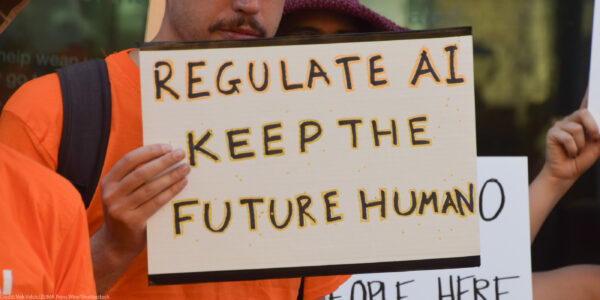On Wednesday, GLSEN (the Gay, Lesbian & Straight Education Network) on anti-LGBT bias, homophobia and gender nonconformity in elementary schools across the country. The report, : Elementary School Climate in the United States, was based on national surveys of 1,065 elementary school students in grades 3-6, as well as 1,099 elementary school teachers in grades K-6.
Some of the report’s key findings include:
- “Nearly one in 10 of elementary students in 3rd to 6th grade indicate that they do not always conform to traditional gender norms/roles. Either they are boys who others sometimes think, act or look like a girl, or they are girls who others sometimes think, act or look like a boy”;
- “Gender nonconforming students are less likely than other students to feel very safe at school, and are more likely than others to indicate they sometimes do not want to go to school because they feel unsafe or afraid there”;
- “Gender nonconforming students are also more likely than others to be called names, made fun of or bullied at least sometimes at school”; and
- “Less than half of teachers indicate that they feel comfortable responding to questions from their students about gay, lesbian or bisexual people. There was a lower level of comfort found among teachers responding to questions from their students about transgender people.”
The report, the first to take a national look at anti-LGBT bias in elementary schools, offers valuable insights into the foundations that are often laid quite early in students’ school lives that later can take on far more serious and tragic implications if left unaddressed.
Harassment and discrimination against gender nonconforming and LGBT youth, as well as those presumed to be, is clearly not something that only surfaces in middle school and high school. It’s really never too early for schools and teachers to work to foster an environment where all students feel safe and welcome. This might help to explain why, according to a recent , the number of Gay-Straight Alliances in middle schools nationwide currently stands at roughly 500 (up from a mere few dozen just three years ago).
The report also shows that LGBT and gender nonconforming students are a vulnerable population in our nation’s schools, including those at the elementary level. This is a nationwide problem, impacting students coast-to-coast. As such, the solution needs to be national in scope.
The Student Non-Discrimination Act, legislation currently pending in Congress, would have a profound impact in improving the lives of LGBT students in the U.S. by ensuring that discrimination and harassment of students on the basis of their real or perceived sexual orientation or gender identity has no place in our country’s public elementary and secondary schools.
Learn more about students' rights: Sign up for breaking news alerts, , and .



